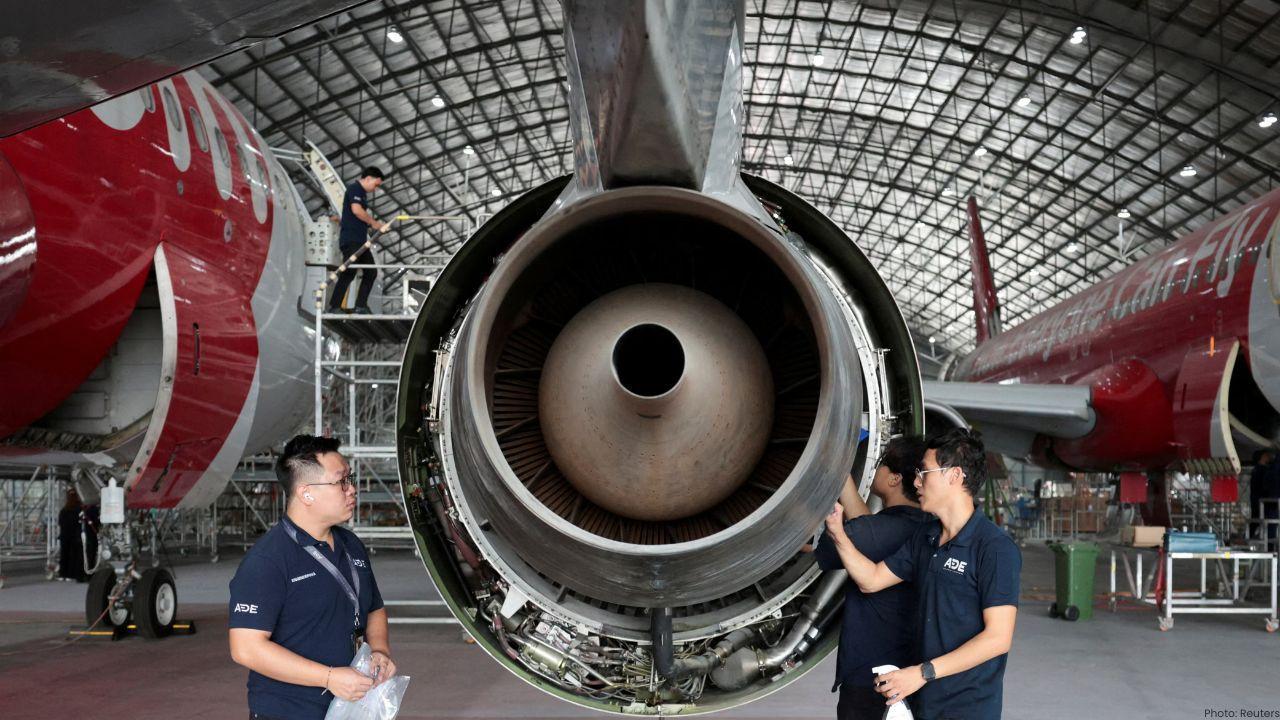
Post by : Armust Desk
Before an airplane can take to the skies, many of its parts—like engines, propellers, and electronics—must be carefully manufactured, shipped, and sometimes stored before assembly. While these steps might seem straightforward, they come with hidden dangers. Aircraft components are highly sensitive to damage, especially from corrosion, which can occur during shipping or storage. Rust, stains, and other forms of corrosion can make parts unsafe or unsightly, creating headaches for manufacturers and delays in assembly.
To avoid these problems, many aircraft manufacturers now use advanced packaging methods that protect parts from corrosion during transport and storage. One of the most effective methods uses Vapor Phase Corrosion Inhibitors (VpCI®), which protect without leaving greasy residues that need to be cleaned off later.
Why Shipping and Storage Are Risky
Aircraft components often travel long distances in shipping containers or trucks, and sometimes they are stored for weeks or months before being used. During this time, they can be exposed to high temperatures, humidity, or fluctuating temperatures. These conditions are perfect for corrosion to form.
When moisture collects on metal surfaces inside packages, or when heat accelerates chemical reactions, corrosion can quickly damage aircraft components. Propellers, engines, and avionics can all develop rust or stains that affect their appearance and functionality. For manufacturers and aircraft operators, this not only leads to additional costs but can also delay aircraft assembly and affect customer satisfaction.
How VpCI® Packaging Protects Aircraft Parts
VpCI® packaging is a modern solution that uses vapor-phase Corrosion Inhibitors to create a protective layer on metal surfaces. This layer prevents rust from forming during shipping and storage. The main advantage is that it keeps components dry and ready to use without messy greases or oils.
When a part is enclosed in VpCI® packaging, molecules from the inhibitor attach themselves to the metal surface. This layer actively stops corrosion from forming. Once the component is removed from the package, the layer slowly dissipates on its own, meaning no extra cleaning is needed. VpCI® packaging comes in various forms, including films, papers, emitters, pouches, and fogging fluids, making it suitable for different types of aircraft components.
Packaging Scenarios for Aircraft Components
Propeller Protection
Propellers are large and delicate, so they need careful packaging. One effective method is to wrap sensitive areas with CorShield® VpCI®-146 paper, which is biodegradable and USDA-certified. After wrapping, the propeller is heat-shrunk in VpCI®-126 shrink film. This method ensures the propeller stays free from corrosion during transport and storage, even in hot and humid conditions.
Engine Packaging
Engines are heavy and complex, making them especially vulnerable to corrosion. They are usually transported in crates or frames that hold them securely. For extra protection, the crate can be lined with a VpCI®-126 gusseted bag. Inside the bag, Desicorr® VpCI® pouches, which contain both desiccant and vapor inhibitors, can be added. These pouches absorb moisture and prevent corrosion simultaneously. For engines shipped to very hot or humid locations, a light spray of EcoAir® 337 before sealing the crate gives an extra layer of protection.
Electronics and Avionics
Modern airplanes rely heavily on electronics, including avionics systems. These components are not only sensitive to corrosion but also vulnerable to electrostatic discharge (ESD). EcoSonic® VpCI®-125 HP permanent ESD films and bags protect avionics from both corrosion and static electricity. This ensures that delicate electronics remain fully functional during shipping and storage.
Real-World Applications and Benefits
Many aerospace companies around the world are now using VpCI® packaging to improve safety and efficiency. For example, a global aviation leader in the UK adopted Cor-Pak® VpCI®-126 bubble bags powered by Nano-VpCI™. This innovation allowed the company to protect parts against corrosion and mechanical damage using a single packaging material instead of two separate ones.
In another case, a UK-based aerospace division reduced its plastic footprint by switching from traditional LDPE stretch wrap to Eco Wrap®, which is certified for industrial composting. This change not only helped the environment but also maintained the same level of protection for components during internal shipments.
By implementing these packaging strategies, manufacturers can:
Prevent corrosion during shipping and storage
Reduce the risk of damage and customer complaints
Improve efficiency in assembly processes
Contribute to environmentally friendly packaging practices
Why Corrosion Protection Matters
Corrosion can silently damage critical aircraft components, leading to higher maintenance costs, assembly delays, and potential safety issues. By investing in proper packaging with VpCI® technology, manufacturers protect their parts from the moment they leave the factory until they are installed on an aircraft.
Using VpCI® packaging ensures that engines, propellers, and avionics arrive in perfect condition, giving manufacturers and customers confidence that parts are safe and reliable. It also eliminates the need for greasy rust preventatives that require additional cleaning, saving time and labor.
Shipping and storing aircraft components is a critical step in the manufacturing process. Without proper protection, metal parts are vulnerable to corrosion, moisture damage, and other environmental hazards. VpCI® packaging provides a simple, effective, and eco-friendly solution.
From propellers to engines and avionics, VpCI® products like CorShield® paper, VpCI®-126 film, Desicorr® pouches, EcoAir® sprays, and EcoSonic® ESD films keep components safe during transport and storage. Real-world applications have shown that these methods reduce damage, improve efficiency, and even help companies adopt greener packaging practices.
aircraft component packaging, corrosion protection, VpCI, propeller shipping
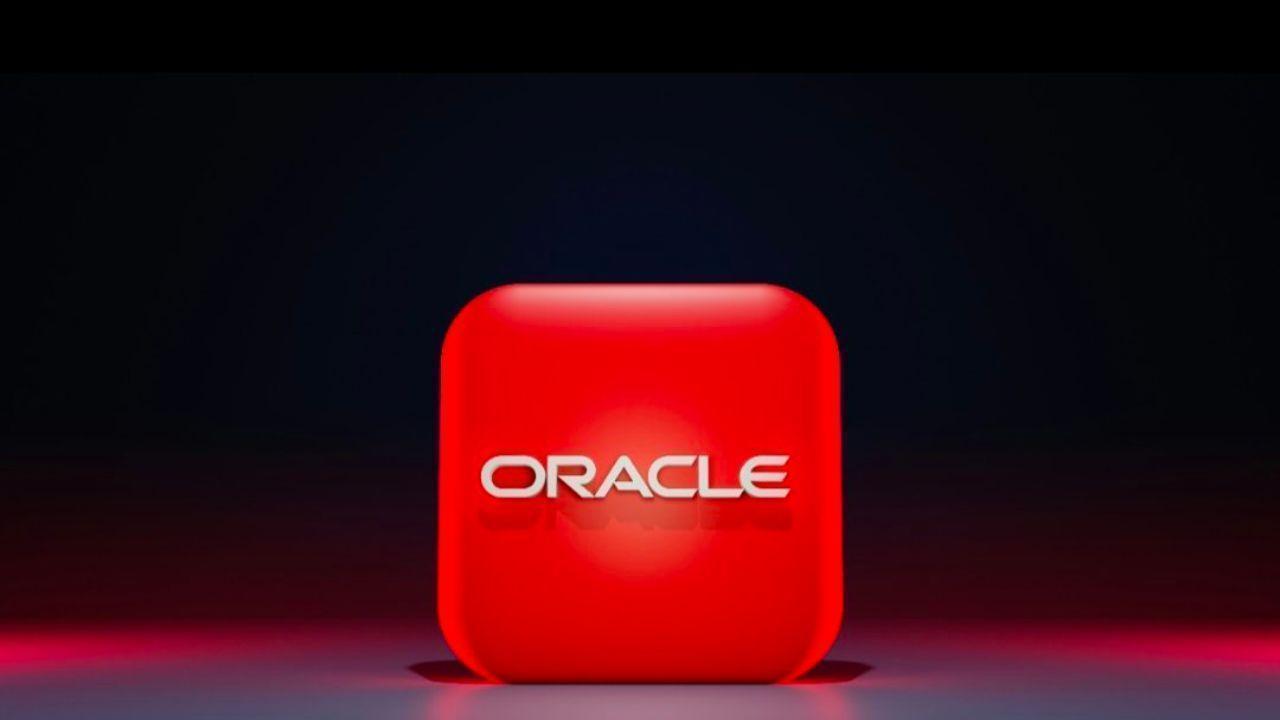
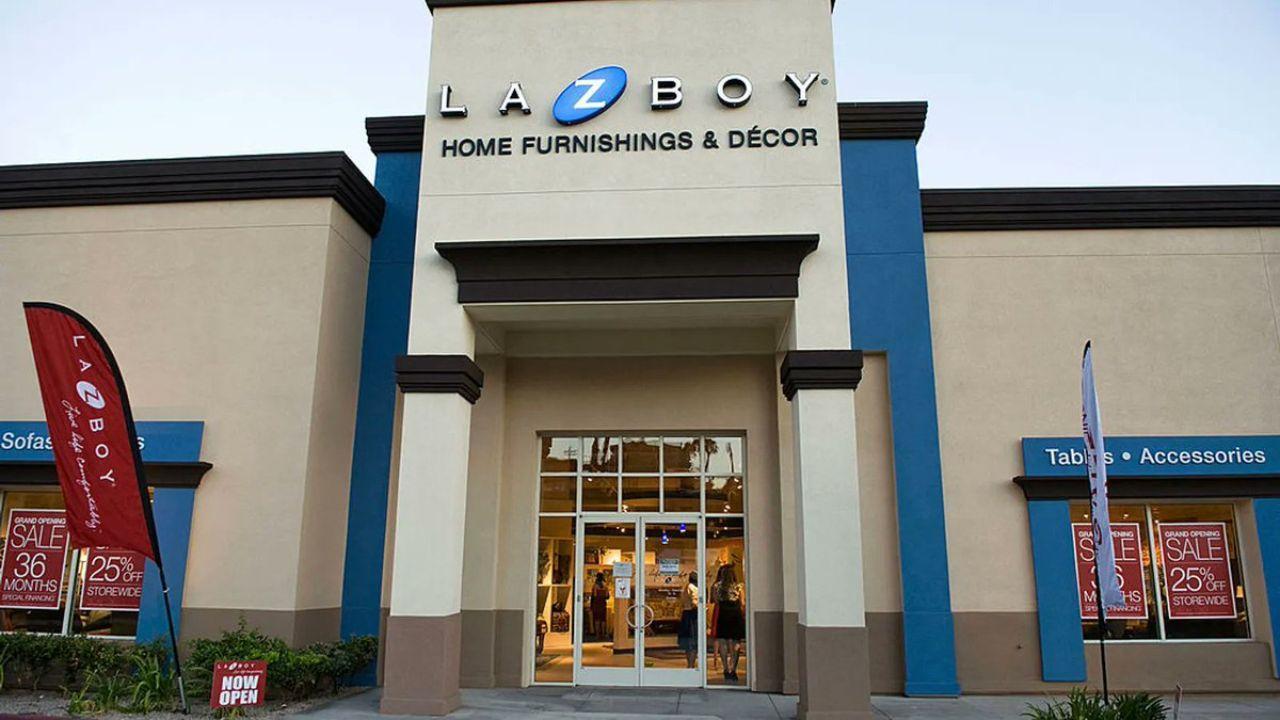
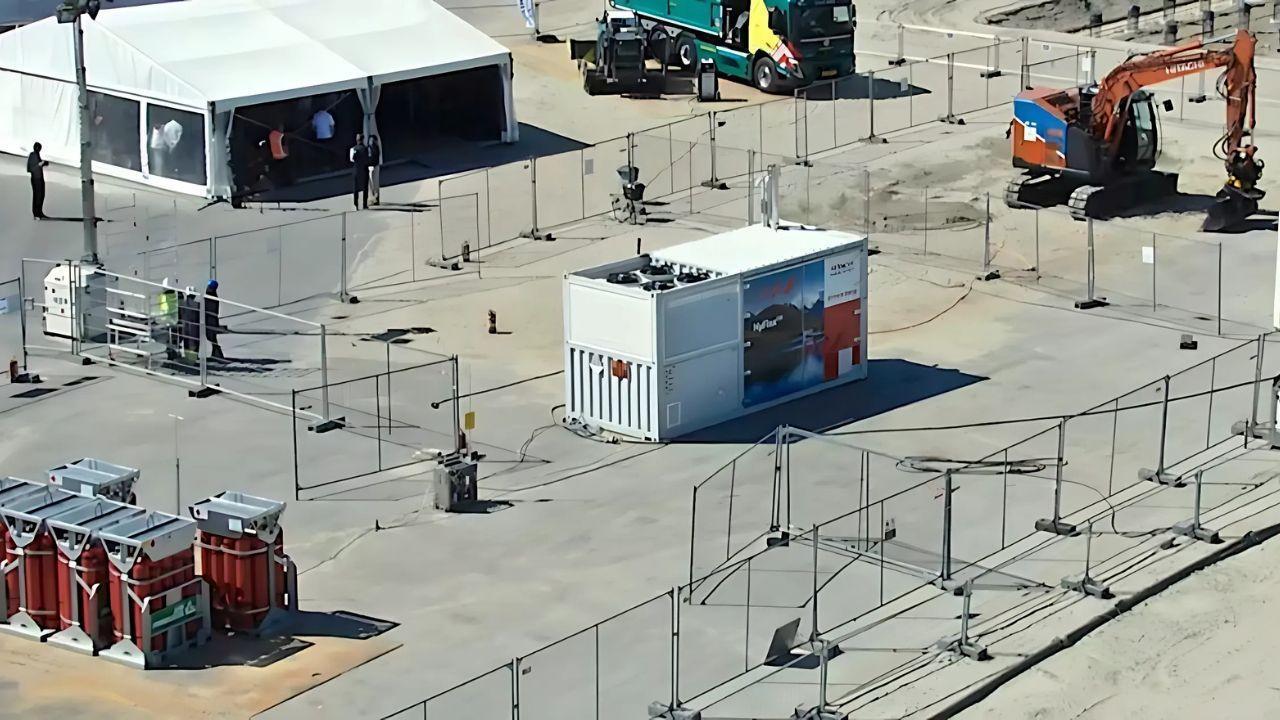
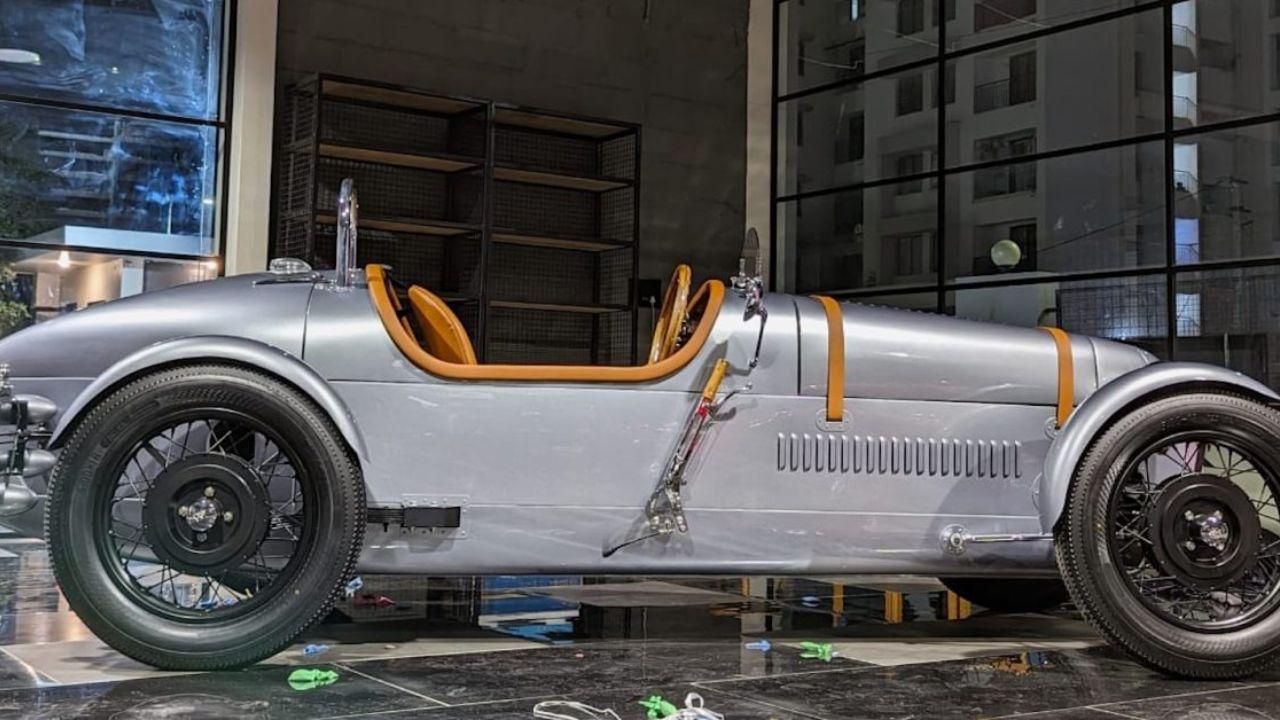


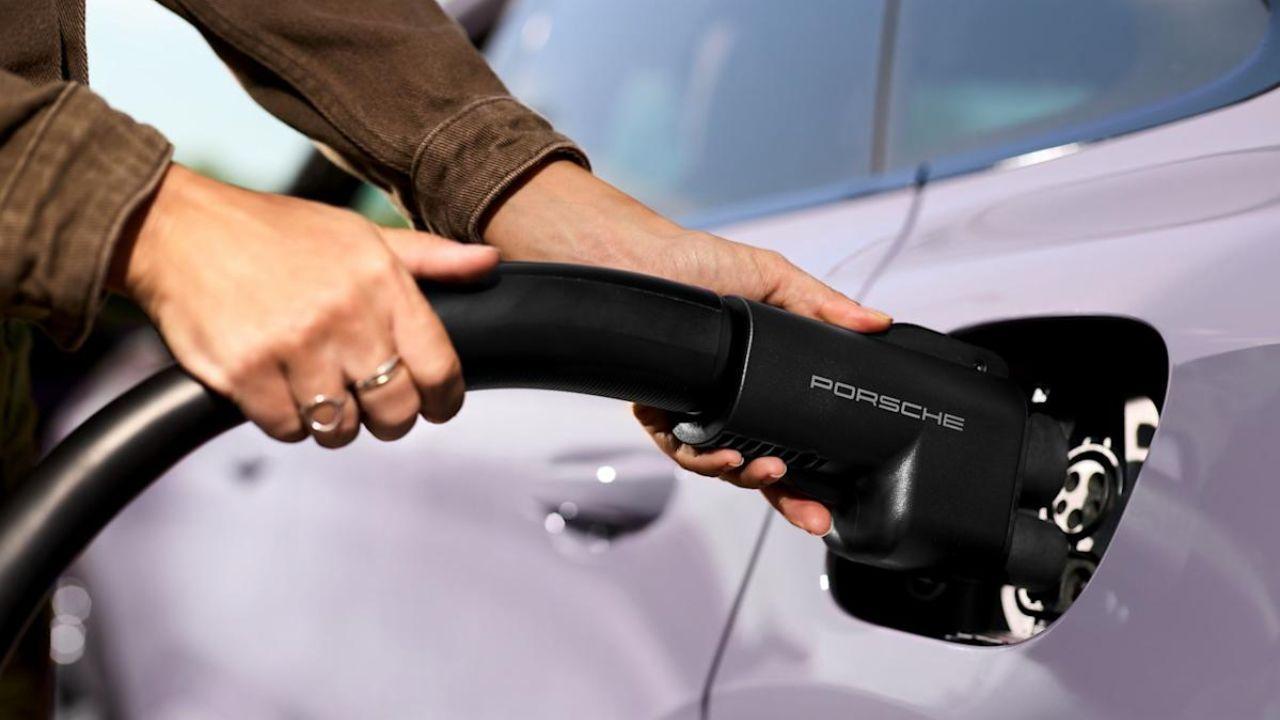

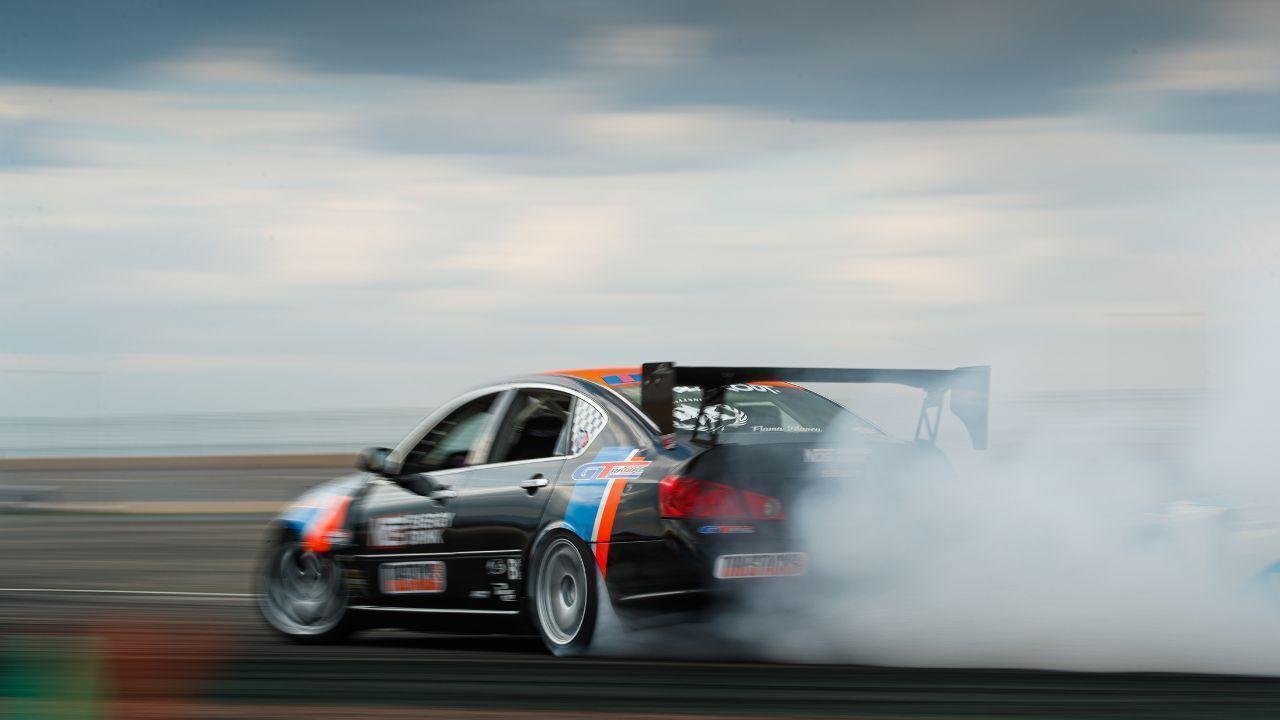
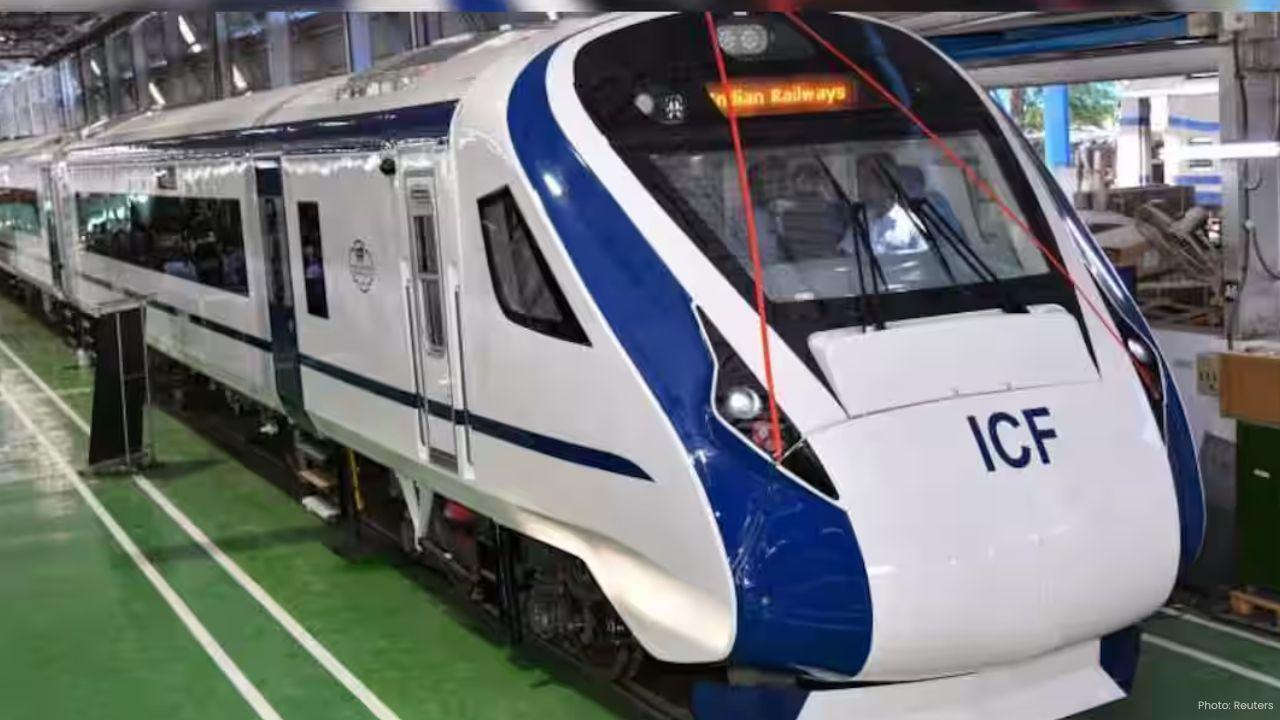
Vande Bharat Passenger’s Spitting Incident Sparks Nationwide Debate
A passenger spitting on the Vande Bharat Express floor sparks online debate on civic sense cleanline

OnTrac Introduces Ground Essentials Service for Affordable and Reliable Shipping
OnTrac launches Ground Essentials a new service offering cost-effective parcel delivery with up to 3
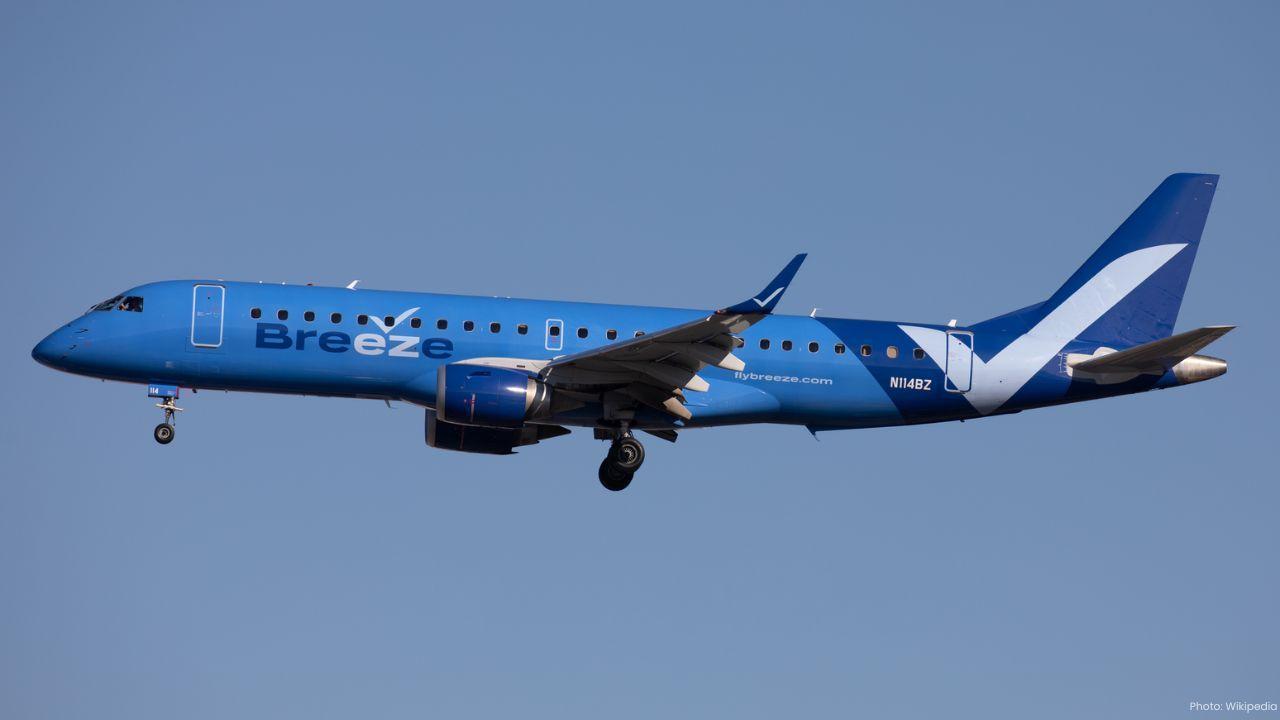
Breeze Airways Earns Five-Star Status as North America's Top Airline
Breeze Airways achieves a five-star rating marking it as North America's leading major airline for 2
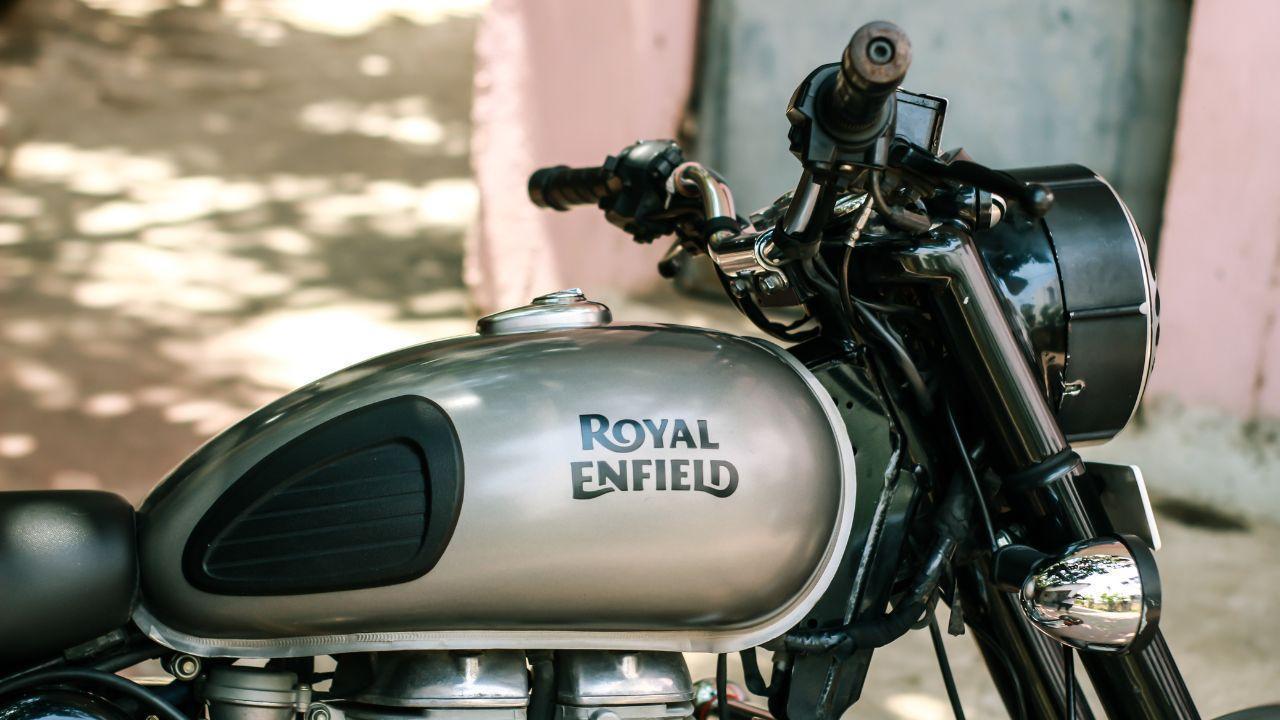
Royal Enfield Cuts Prices on 350cc Bikes After GST Rate Reduction
Royal Enfield reduces prices on 350cc motorcycles from September 22, 2025, following GST rate cuts,
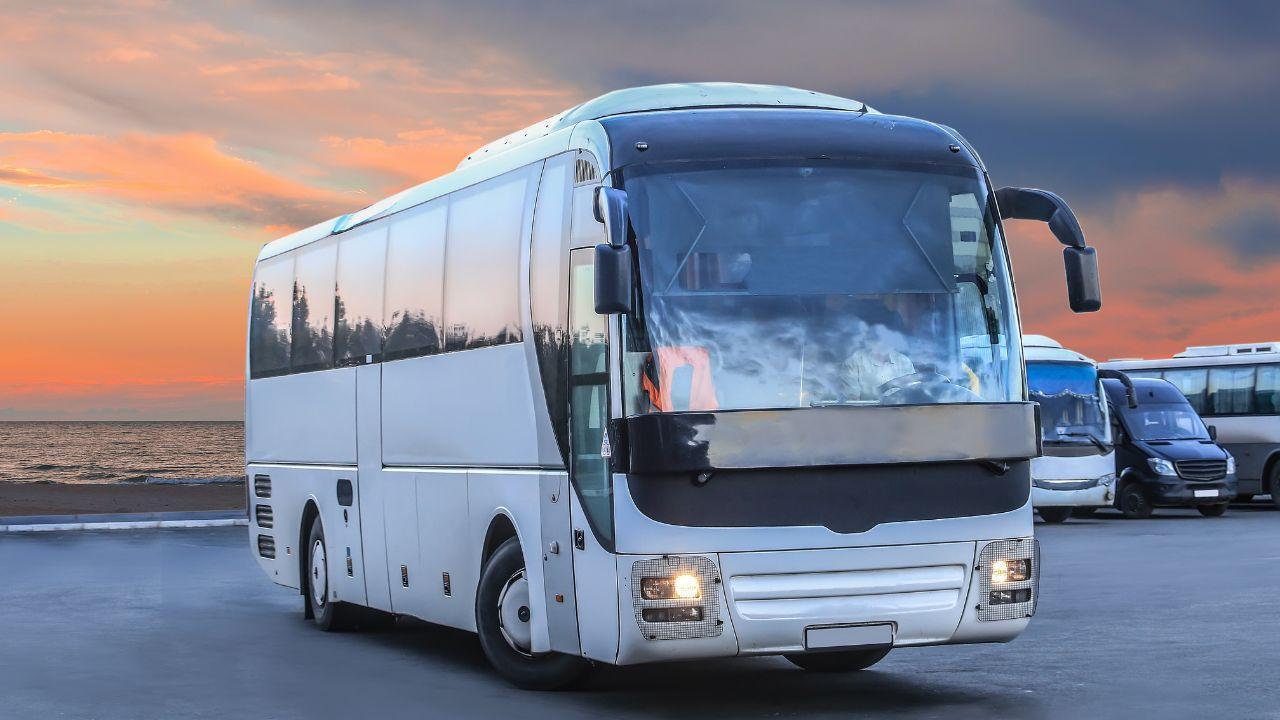
Viva ACP Boosts Bus Safety with Strong Lightweight Aluminium Panels
Viva ACP’s panels make buses safer lighter and stronger—saving energy and protecting passengers with

Steelpaint’s Stelcatec Coating Gets UK Rail Approval
Steelpaint’s Stelcatec coating approved by UK Network Rail for durable, fast, and effective protecti